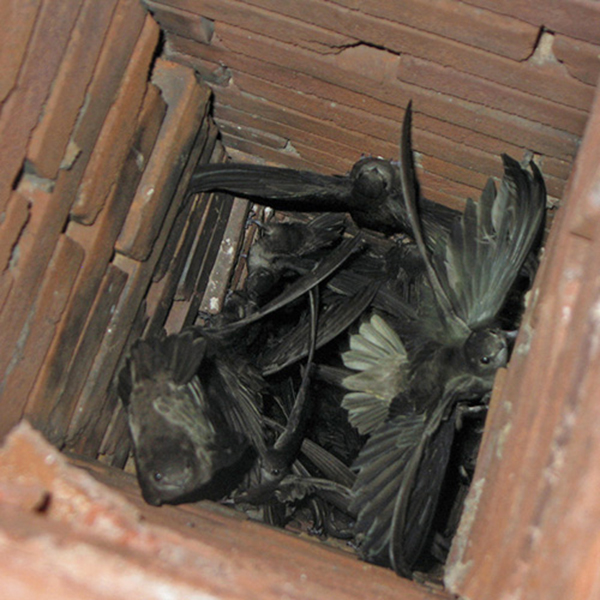
How Does Chimney Animal Removal Work in Westminster
If you’ve ever glanced up at your chimney and wondered if something’s not quite right—maybe you hear scratching sounds or see some strange droppings—you might be dealing with animals making their way inside. In Westminster, chimney critters are a pretty common problem, and figuring out how to get them out safely can seem confusing if you’ve never gone through it before. Don’t worry— Chimney Animal Removal isn’t just about chasing them out; it’s about doing it in a way that keeps everyone safe, including the critters. I want to walk you through how the process generally works, so you understand what’s involved when you call in the pros, and you can feel confident that your chimney will be back to normal in no time.
Recognizing the Signs: When You Know It’s Time to Act
First things first, it’s good to know what clues tell you that animals might be living in your chimney. Sometimes, you’ll notice a strange smell wafting through your home, especially if critters have been nesting for a while. Other times, you might hear faint scratching or scuffling sounds coming from your fireplace or chimney area. Seeing droppings or nesting materials around the fireplace opening is another big giveaway. If you spot any of these signs, it’s best to act sooner rather than later. Ignoring an animal invasion can lead to blockages, unpleasant odors, or even damage to your chimney structure. Recognizing these signals early helps you prevent bigger headaches down the line.
The Inspection: Figuring Out What’s Going On
Once you decide to get professional help, the first step is an inspection. Think of this as a quick health check for your chimney. Experts will carefully look inside, often using special tools like cameras that can snake up the chimney pipe. This allows them to see exactly what kind of animals are involved—whether it’s a family of birds, a raccoon, or some squirrels—and where they’ve made themselves at home. During this step, they’ll also check for any damage caused by the critters, like chewed-up insulation or broken bricks, so they can plan the best way to clean and repair afterward. The inspection is a crucial part because it helps figure out how deep the problem goes and what approach will work best.
The Removal Process: Gentle and Humane
After understanding what’s inside, the real work begins—removing those animals safely and humanely. The goal here isn’t just to chase the critters out; it’s to do it without causing stress or harm. Usually, professionals will set up a one-way exit device at the chimney opening. Think of it like a funnel that animals can go through but can’t get back inside. They’ll also make sure to keep the animals contained so they don’t scurry into your home or yard. During this step, they might also use gentle traps or other humane methods to encourage animals to leave on their own. The idea is to create a safe passage for the animals to exit without injuring them or causing a lot of chaos. Once they’re out, the experts will remove any nests, droppings, or debris left behind to make sure your chimney is clean and clear.
Sealing Up and Preventing Future Visits
Getting the animals out is just part of the story. After they’re gone, it’s super important to prevent the same critters from coming back. This involves sealing up any holes, cracks, or gaps around the chimney cap or crown that might have allowed animals to sneak in. Think of it like closing the door behind them so they can’t return. Sometimes, they’ll suggest installing a sturdy metal cap with a fine mesh screen at the top. This little addition acts like a shield, keeping birds, raccoons, and squirrels out while still letting smoke escape safely. It’s a small upgrade that makes a big difference in keeping your chimney critter-free in the future.
The Final Steps: Cleaning and Repairs
After the critters are gone and the openings are sealed, the last step is cleaning up. This means removing any leftover droppings, nests, and debris that may have accumulated during their stay. A thorough cleaning not only makes your chimney look better but also ensures there are no lingering smells or health risks. If the animals caused any damage—like chewed wires or broken bricks—the repair process kicks in. Fixing these issues helps restore your chimney’s functionality and keeps it safe for use. Once everything’s cleaned, sealed, and repaired, your chimney should be back to normal, ready for cozy fires or just to stay critter-free.
| Step | What Happens | Why It Matters |
|---|---|---|
| Inspection | Experts look inside with special tools | Finds out what animals are involved & assesses damage |
| Removal | Humane methods and traps are used to get animals out | Ensures animals leave safely without harm |
| Sealing | Gaps and holes are closed up, often with a metal cap | Prevents future critter visits |
| Cleaning & Repairs | Debris is cleared, and damage fixed | Restores safety and function |
“A safe chimney isn’t just about fires—it’s about peace of mind knowing critters aren’t sneaking in or causing trouble.”
Wrapping Up: Peaceful and Protected Chimneys
Getting animals out of your chimney in Westminster isn’t just about removing critters—it’s about doing it responsibly and making sure they don’t come back. The process usually starts with an inspection, moves into gentle removal, sealing up entry points, and finishing with cleaning and repairs. When you hire professionals, they’ll handle each step carefully, ensuring everyone—animals included—is treated humanely. Remember, a well-maintained chimney isn’t just safer—it’s also a lot less stressful. Whether you’re dealing with birds, squirrels, or raccoons, knowing what the process looks like can help you feel more prepared and confident when calling in the experts. And soon enough, your chimney will be critter-free, ready to serve its purpose safely and peacefully.
Read More: Westminster Chimney Sweep
